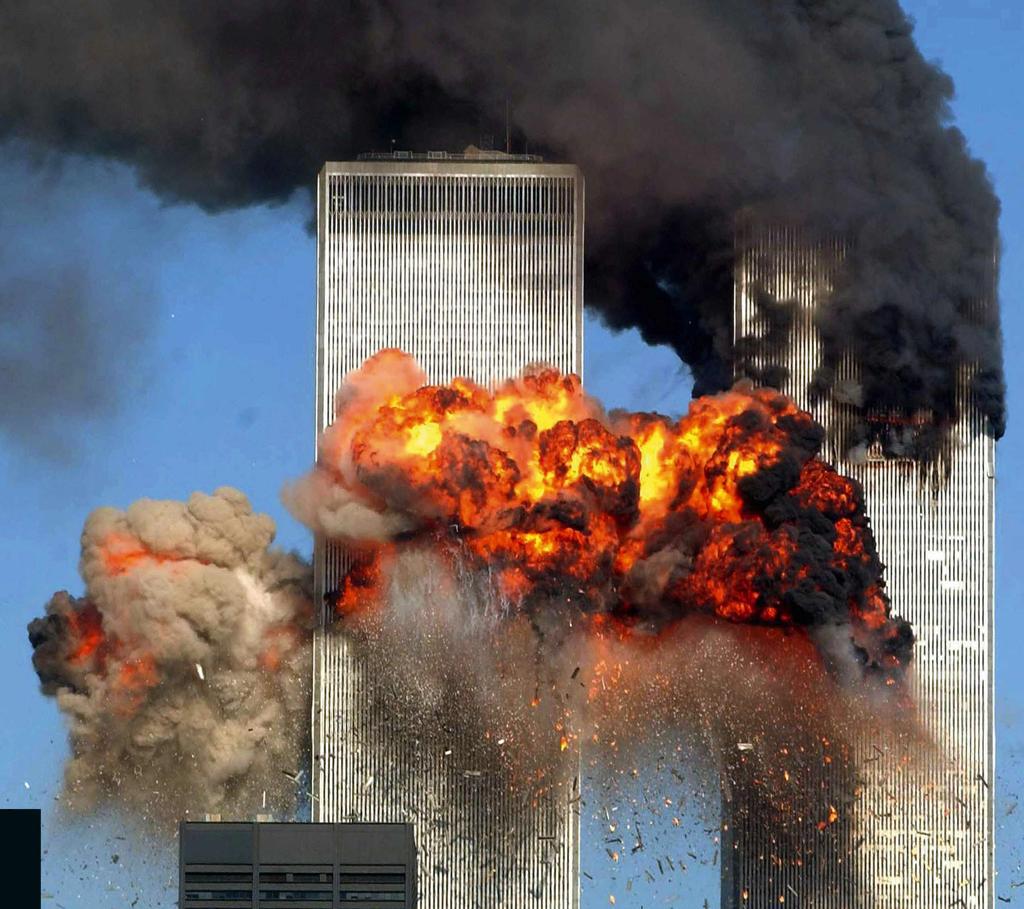UNLIMITED
In the shadow of 9/11

Complements the BBC One documentary9/11: Inside the President’s War Room

Most people over the age of 30 probably have some vivid mental image of 11 September 2001, when fanatical Islamic terrorists crashed two planes into the twin towers of the World Trade Center in New York and another into the Pentagon in Washington DC. A fourth hijacked plane was forced down by courageous passengers en route to either the Capitol or the White House. For me, the most memorable image (shown right) is of US president George W Bush sitting with a class of schoolkids, aged six and seven, in Florida, listening while they read My Pet Goat. Bush’s face is frozen at the moment when an aide whispers in his ear that the second plane had crashed into the other tower: “Mr President, America is under attack.”
The president’s shocked visage testifies to a man who suddenly knew that the buck did indeed “stop here”. It also personifies a whole nation suddenly forced to rethink its raison d’etre. Twenty years on, Americans remain scarred by 9/11. And it undoubtedly transformed air travel and security. But was 9/11 a turning point in world history, as has often been argued? Is a dramatic image always a good guide to lasting impact?
To grasp the immediate shock of 9/11, let’s rewind to those heady days a decade before, when the Soviet empire in eastern Europe collapsed in 1989 and then the USSR itself fell apart in December 1991. Pundit Francis Fukuyama summed up the American mood extravagantly: we had, he argued, reached “the end of history”, meaning that we had reached what he regarded as the end point of humanity’s ideological evolution, and
You’re reading a preview, subscribe to read more.
Start your free 30 days



